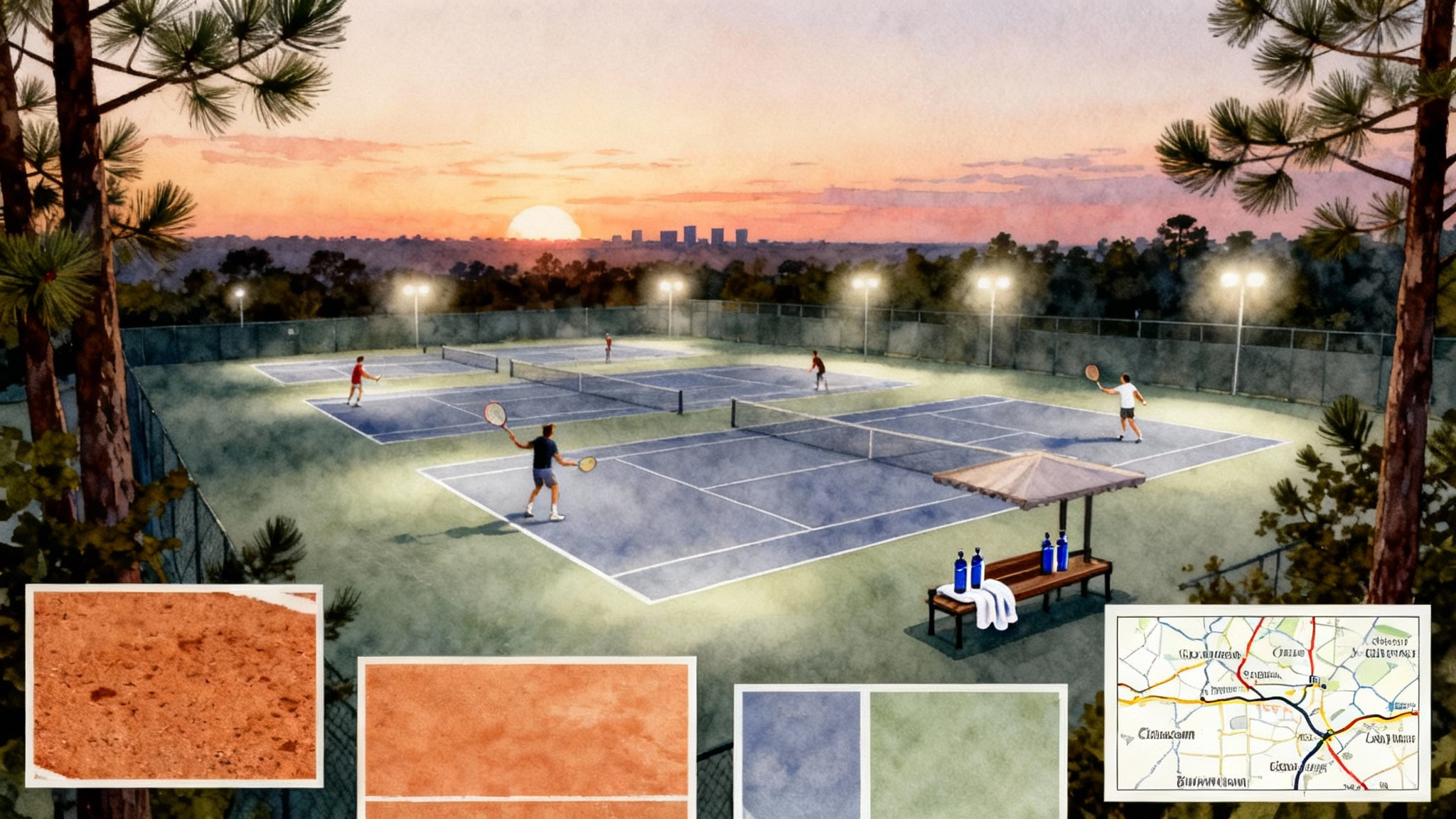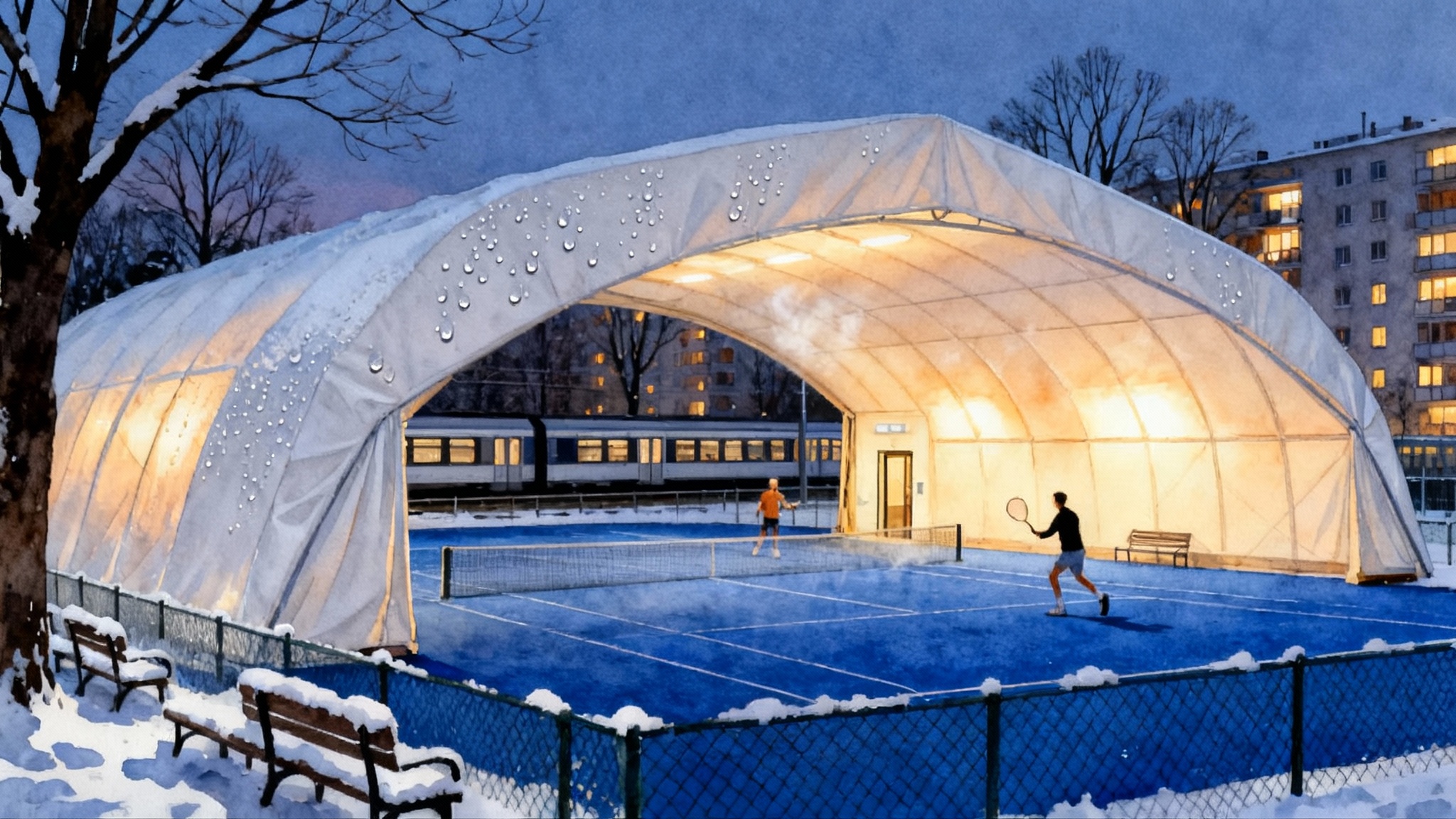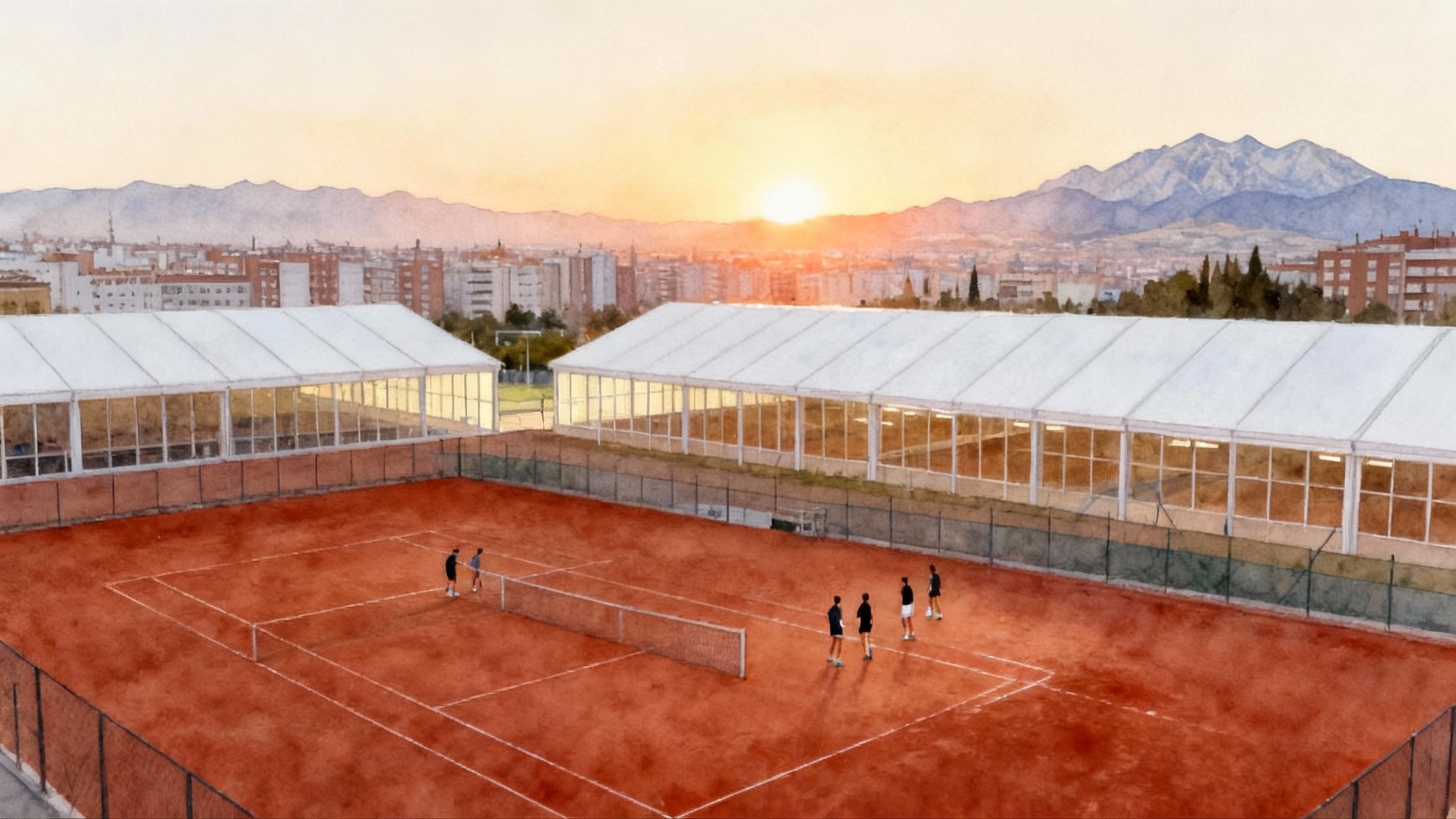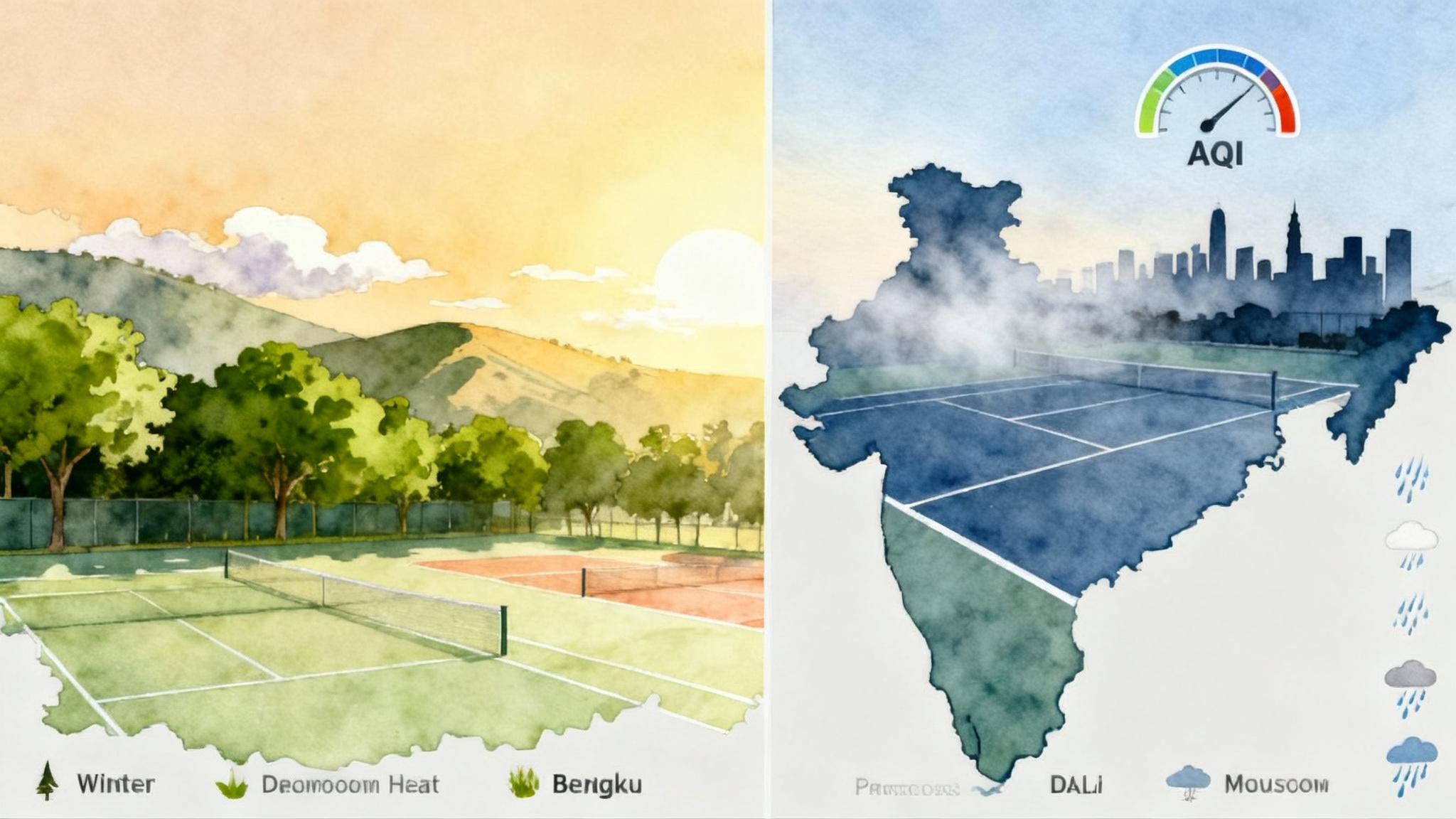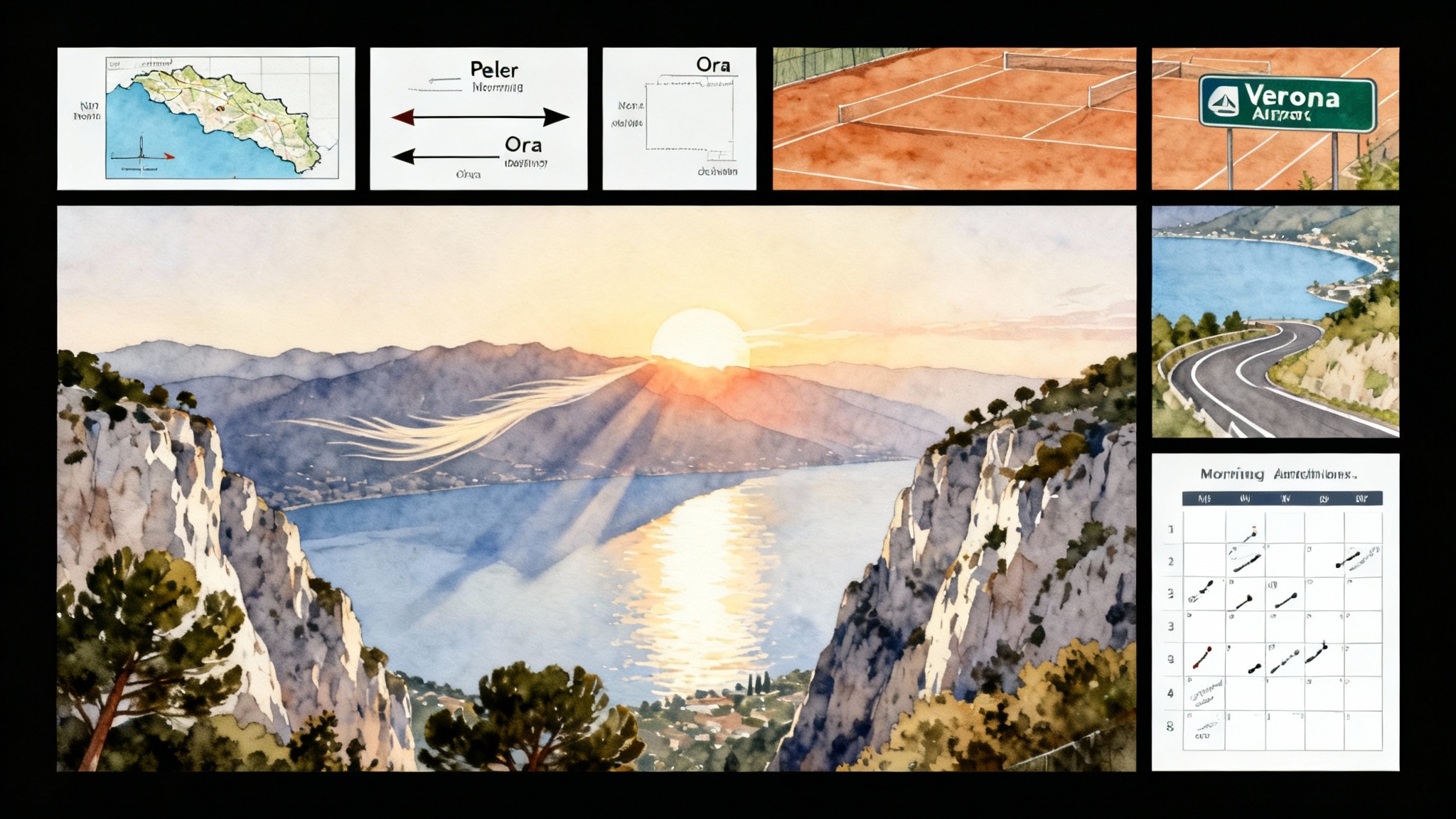Year-Round U.S. Tennis with One Life Time Tennis Membership
Turn business trips and family vacations into productive training blocks. Map a climate-smart route across the Life Time Tennis Academy network to keep coaching, match play, and amenities consistent every month of the year.

One membership, many courts: what this unlocks
If you love tennis and travel often, you know the usual tradeoff. You keep your fitness up on the road, but your forehand timing drifts, match instincts go dull, and you return home needing two weeks to feel right again. A nationwide club network solves that problem. The Life Time Tennis Academy sits inside a coast to coast footprint of clubs that combine courts, coaching, match play, and athlete services under one roof. The result is simple. Wherever you go, you can train in a familiar system, hit with comparable playing partners, and recover the same way every time.
Here is the practical upside families and adult competitors care about most:
- Consistency of coaching language. If your home pro uses the same broad keys and progressions that coaches use in other clubs, you get fewer mixed messages and you retain changes better. Ask the director at your home club to share your player notes with the destination club before you fly. Keep your own one page summary so you can arrive ready to work.
- Predictable match play. Many clubs in the network run weekly ladders, live ball sessions, and level based point play. If you are a parent planning a three week winter block, that means your junior can touch pressure tennis twice each week, not only feeding baskets.
- Amenities that save time. Fitness floors for strength, pools for low impact conditioning, recovery tools, and on site stringing mean your training day does not splinter across five addresses. Less commute, more work done.
- One account and one habit loop. You warm up the same way, book the same way, and review progress the same way. That sameness keeps your mind on the ball, not on logistics.
Build a climate smart annual route
The United States gives you four training seasons if you think like a traveling tour team. Winter belongs to the Southwest and Texas. Summer belongs to the Upper Midwest and Northeast. Spring and fall shoulder seasons are perfect for the best indoor hubs, especially in regions where weather swings wildly. Rotate through these zones and you can chase playable conditions all year without hopping continents.
Winter blocks: Southwest and Texas
Target cities with dry air, big airport hubs, and dense club coverage. Phoenix area, Austin, Dallas Fort Worth, and Houston check every box. Plan two to four week blocks between early January and mid March. The sun gives you long practice windows, and evenings cool off enough for point play. For families, schools are in session, so daytime courts are often less crowded.
Sample winter week for a family junior competitor:
- Monday: Technical session on serve patterns in the morning, schoolwork midday, live ball in the late afternoon. Light core and mobility.
- Tuesday: Strength for speed and power, then doubles specific drills. Evening homework block.
- Wednesday: Private lesson to reinforce one key, ladder match after. Post match recovery swim.
- Thursday: Off court film review and short hitting window, then footwork and agility. Early night.
- Friday: Set play rehearsal and tiebreak sets. String rackets and prep for weekend.
- Saturday: Match day with two singles sets and one hour of doubles returns. Light bike flush.
- Sunday: Rest walk in the morning, soft tissue work, and a short serve only session.
Sample winter week for an adult competitor:
- Monday: Ninety minute clinic focused on first ball offense, then forty minutes of mobility.
- Tuesday: Singles practice set plus return games. Contrast shower and easy dinner.
- Wednesday: Strength session using traps and legs, then twenty minutes of serves.
- Thursday: Live ball feeder court to push cardio. Early bed for recovery.
- Friday: Doubles pattern play with a set of deuce side specific points.
- Saturday: League match or two set practice match. Post match stretch and protein.
- Sunday: Optional mixed doubles or total rest if you logged more than ten sets this month.
Weather note: Heat arrives quickly on some winter weeks in the desert. Book high intensity work close to sunrise and move technical or video work indoors during the warmest hours. Hydrate early, not just during the hit. Pack two pairs of shoes to rotate dry midsoles every other day.
Summer blocks: Upper Midwest and Northeast
From June through late August, the best tennis weather often shifts north. Minneapolis Saint Paul, greater Chicago, and the corridor from Philadelphia through New Jersey to Boston offer long daylight and lower afternoon heat spikes than the Southern tier. You get more playable windows, lower storm risk day to day, and an ideal runway for tournament play. If you are near western New York, the Empire Tennis Academy in Rochester is a practical summer base with frequent UTR matches.
Sample summer week for a family junior competitor:
- Monday: Movement patterns, then crosscourt consistency games. Evening doubles with parents.
- Tuesday: Private lesson on neutral ball depth. Afternoon pool recovery.
- Wednesday: Ladder match day. Debrief after dinner with two video clips and one written goal.
- Thursday: Strength for injury prevention and medicine ball throws. Serve targets.
- Friday: Pattern play that mimics weekend draws. Mix in super tiebreaks.
- Saturday: Local tournament or interclub match. Keep notes on four key points won or lost.
- Sunday: Off day hike or museum visit. Light stretch in the evening.
Sample summer week for an adult competitor:
- Monday: Early morning live ball before work. Ten minute cool down walk.
- Tuesday: Private tune up on backhand width and spacing. Short return practice.
- Wednesday: Singles set play with a hitting partner matched by the club. Recovery drink within thirty minutes.
- Thursday: Gym day for legs and pull movements. Hip mobility circuit.
- Friday: Doubles practice returns and poach reads. Early night.
- Saturday: League or UTR style match play. Foam roll after dinner.
- Sunday: Optional mixed dubs or social hit. No more than ninety minutes.
Shoulder seasons: indoor hubs that play like clockwork
April, May, September, and October can swing from perfect to rainout. This is when well run indoor hubs shine. Think New Jersey and the New York metro, Chicago suburbs, the Detroit area, and the Twin Cities. Your juniors can carry skill gains from winter into spring tournaments without losing reps to weather. Adults can keep a weekly match plus one clinic while work travel ramps up.
Sample shoulder week for a family junior competitor:
- Monday: Indoor technical lesson to finalize a single footwork cue.
- Tuesday: Homework first, then live ball inside to guarantee touches.
- Wednesday: Strength and mobility, then serve and return on the same court.
- Thursday: Off day or school event. No late nights before match day.
- Friday: Indoor ladder or challenge matches to keep pressure reps.
- Saturday: Outdoor hit if the forecast cooperates. Short and precise.
- Sunday: Rest and plan next week.
Sample shoulder week for an adult competitor:
- Monday: Indoor clinic for rhythm and first step quickness.
- Tuesday: Strength in the morning, twenty minutes of serve targets at lunch.
- Wednesday: Indoor singles set before the evening commute.
- Thursday: Recovery and mobility only.
- Friday: Doubles placement and poach drills.
- Saturday: Outdoor match if weather allows, otherwise book an indoor court.
- Sunday: Rest.
Travel logistics that keep training on track
A good route solves for time and friction. Block planning makes that possible.
- Book the club first, then flights. Confirm that the destination club has lesson slots and the programs your player needs. Once the training window is reserved, choose flights around it, not the other way around.
- Choose housing within twenty minutes of the club. Long commutes drain energy. Parent drivers lose their own workout windows. Use that time for schoolwork or recovery instead.
- Pick airports with dense direct routes. Phoenix Sky Harbor, Dallas Fort Worth, Houston Hobby or Bush Intercontinental, Austin Bergstrom, Minneapolis Saint Paul, Chicago O’Hare and Midway, Newark Liberty, and Boston Logan all anchor frequent schedules. Direct flights reduce delays and racket mishaps.
- Rent a compact car if your family brings ball baskets and resistance bands. It is easier to keep gear in a trunk and arrive self sufficient for warmups.
- Pack like a pro who trains daily. Two frames, extra overgrips, one backup string set, two pairs of shoes, a hat, sunscreen, electrolyte mix you already tolerate, mini bands, a lacrosse ball, and a microfiber towel. For juniors, print a simple schoolwork checklist to complete during midday rest.
- Manage time zones. If you travel east, schedule day one as a lighter technical day. If you travel west, you can usually handle an evening live ball right away, then sleep in to reset.
- Respect heat and humidity. In the desert, the sun is the stressor. In Texas and along the Gulf, humidity is the stressor. Use early or late windows for hardest work. Keep medium sessions indoors in the middle of the day.
If your routes cluster in the Southeast, this Atlanta tennis base guide shows how to set up a year-round hub.
Layer tournaments without losing the training week
Tournaments should sharpen your game, not blow up your routine. The key is to treat the draw as a two day peak inside a normal week.
- Choose events inside a one hour drive of your training base. That keeps pre match routines intact and protects sleep.
- Enter doubles when possible. It multiplies return reps and net reads without doubling mental load.
- Taper without stopping. Forty eight hours before your first match, reduce total hitting volume by one third but keep intensity. Shorter, faster reps protect timing.
- Protect recovery windows. Hold your usual mobility work and hydration plan. Add a short walk after dinner to downshift.
Tournament week microcycle for a junior:
- Monday: Normal clinic and strength. No grinding sets.
- Tuesday: Private lesson with serve and first ball patterns. Short film review.
- Wednesday: Light live ball and movement. Early night.
- Thursday: Forty five minute hit with serve plus one patterns. Pack gear.
- Friday: Singles match one. Ten minute cool down walk afterward.
- Saturday: Singles match two and doubles. Foam roll and quiet evening.
- Sunday: Off court film notes and a light swim. No court time unless the athlete is restless and energetic.
Tournament week microcycle for an adult:
- Monday: Clinic with fewer points, more spacing work.
- Tuesday: Serve targets and return boxes. Mobility.
- Wednesday: Singles set to ten games or fewer. Stop while feeling good.
- Thursday: Short hit, lots of serves. Pack.
- Friday to Sunday: Matches as scheduled. Recovery walk after each. No extra sets.
How to use Life Time Tennis Academy across the network
Good systems make travel tennis possible. Here is a checklist to make the most of the Academy inside the club network.
Before you go:
- Verify your membership access for the destination club. Clubs offer different access levels. Confirm your eligibility and any guest policies.
- Send a one page player brief. Include one technical key, one tactical priority, and one movement focus. Add two recent match clips if available.
- Request hitting partner placement. Share your level and preferred match formats so staff can slot you into the right session or ladder.
- Ask about on site stringing and preferred turnaround times. Travel weeks feel longer when a broken string takes forty eight hours to replace.
- Confirm junior academy schedules and any school break adjustments if you are a parent.
On arrival:
- Walk the club once. Note the pro shop, water fill stations, restrooms, and recovery areas.
- Warm up the same way every time. For example, five minutes of jump rope or shadow swings, five minutes of mini tennis, ten minutes of crosscourts, then serves and returns.
- After the first session, pick one measurable. It can be first serve percentage in practice sets, return depth beyond the service line, or neutral ball height targets. Ask the destination coach to capture a quick note in your profile so your home coach can see it.
Between trips:
- Keep a simple training log. You can make a private note or build a custom route so your season shows up in one place.
- Share a short video clip monthly with both your home and destination coaches. Video makes a three sentence progress note concrete.
An example calendar without Florida or Europe
This route keeps you in seasonable weather while avoiding the usual Florida and Spain circuits.
- January to early March: Southwest or Texas. Two to four week blocks. Focus on technical changes and foundation fitness. Singles heavy.
- Mid March to late April: Indoor hub. Keep two weekly pressure sessions while weather swings outside. Doubles pattern work.
- May: Short outdoor block in a northern region. Build match volume with local ladders.
- June to August: Upper Midwest and Northeast. Mix tournaments with training. Plan two rest weeks to avoid burnout.
- September to October: Indoor hub to consolidate gains and sharpen patterns for fall events.
- November to December: Flexible month. Use short indoor bursts for serve mechanics and strength, plus family time.
This approach gives juniors the repetition they need without moving schools and gives adults a life compatible plan that rides the country’s best conditions instead of fighting them.
Budgeting and value without guesswork
Every family and adult player budgets differently, but a few rules protect your wallet and your calendar.
- Travel midweek when possible. Courts and lessons are easier to book Tuesday through Thursday, and airfare is often friendlier.
- String before you go. Fresh strings on both frames reduce emergency pro shop trips.
- Save recovery time by using the club’s amenities. Fifteen minutes in the pool or on a stationary bike is cheaper than a second commute to a separate gym.
- Treat food as fuel and logistics. Pick lodging with a small kitchen so you can control breakfast and post session meals.
- Audit one cost driver per trip. If rental cars are spiking, switch to a club within a short rideshare range. If lodging is the issue, push dates a week earlier.
Pricing, access, and program menus vary by location and can change. Confirm details with the destination club when you book.
Common pitfalls and how to avoid them
- Chasing novelty. If every week is a new coach and a new drill set, nothing sticks. Keep one core warmup, one weekly metric, and one priority theme for at least six weeks.
- Overloading match play. More sets feel productive, but the body needs skill work and planned recovery. Hold one clinic, one lesson, and one pressure day as your base.
- Ignoring humidity. In hot and wet regions, you do not feel thirst until you are behind. Start hydration the night before and keep a bottle at changeovers.
- Forgetting backups. Bring two frames and two pairs of shoes. Travel weeks punish gear.
The bottom line
Year round tennis gets easier when you stop fighting the weather and start using a nationwide club network as your home away from home. Winter blocks in the Southwest and Texas, long summer days in the Upper Midwest and Northeast, and clockwork consistency in indoor hubs during the shoulder seasons give you a clean rhythm. Layer tournaments on top without breaking the routine. Share simple notes so every coach in the network speaks the same language about your game. The outcome is not abstract. You save time, you protect your progress, and each trip becomes another step in a clear season, not a detour. That is how families and adult competitors turn travel into an advantage and keep getting better all year.
